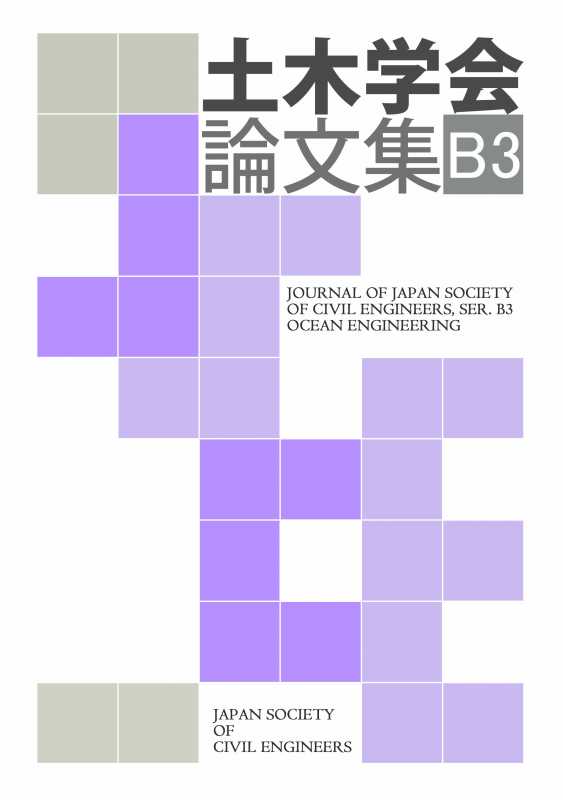Seabed surfaces observed by eco sounders may be shallower than nautical depths in muddy areas with fluid mud layer. It is also concerned that it will be more likely to occur since the frequency of ultrasounds rises by introducing “ICT dredging”. When we measure wet densities of fluid mud corresponding to nautical depths using density sensors, we can manage water depths more efficiently. But this measurement is costly and bring about extra works.
We studied how seabed surfaces observed by eco sounding changed in response to the distribution of wet densities of fluid mud through the field measurement. We established an efficient prediction method for nautical depths. It was shown that the 1,200 kg/m3 density horizon can be predicted by integrating multibeam echo sounder and lead sounding.
View full abstract
